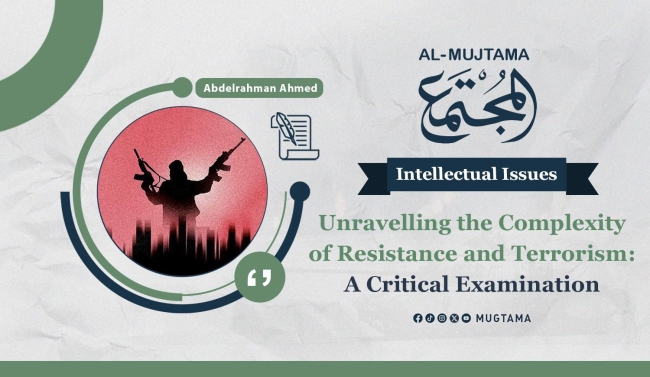Unravelling the Complexity of Resistance and Terrorism: A Critical Examination
In the intricate landscape of geopolitics, the discourse surrounding resistance and terrorism often intertwines, blurring the lines between legitimate struggle for liberation and acts of violence. This essay delves into the nuanced dynamics of this discourse, drawing insights from historical contexts, political strategies, and ideological perspectives. Specifically, it explores the influence of figures like Benjamin Netanyahu on shaping Western perceptions of resistance movements, focusing on the case of Hamas in the Israeli-Palestinian conflict.
Netanyahu's Influence and Western Perception:
Benjamin Netanyahu, former Prime Minister of Israel, wielded significant influence in framing the Western narrative on terrorism and resistance. Through publications like "Terrorism: How the West Can Win?" and conferences at the Jonathan Institute, Netanyahu propagated a narrative that conflated resistance movements with terrorism, particularly targeting Islamic and communist ideologies. By framing adversaries of Israel and the West as existential threats, he sought to garner support for aggressive countermeasures, portraying Palestinians as extremists while obfuscating the root causes of their resistance.
Examining Hamas and Terrorist Groups:
Central to this discourse is the differentiation between organizations like Hamas and internationally recognized terrorist groups such as ISIS and Al-Qaeda. While Hamas employs tactics of resistance against Israeli occupation, its objectives and methods diverge significantly from those of groups like ISIS. Hamas's nationalist aspirations, rooted in the Palestinian struggle for self-determination, contrast with the transnational jihadist ideology espoused by terrorist organizations. Moreover, Hamas's engagement in electoral politics and social welfare further distinguishes it from groups solely focused on violence and chaos.
The Israeli Perspective:
Within Israeli political discourse, Hamas is uniformly perceived as a terrorist entity posing an existential threat to Israel's security. However, there exists debate over Israel's role in the rise of Hamas and the efficacy of military responses. While some Israeli officials lament the failure to eradicate Hamas in its infancy, others argue against direct culpability, attributing Hamas's growth to negligence rather than intentional support. Nonetheless, the consensus remains steadfast in viewing Hamas as a terrorist organization requiring elimination.
Historical Precedents and the Persistence of Resistance:
History offers compelling examples of resistance movements achieving their objectives despite facing formidable adversaries. From the Egyptian struggle against colonialism to Vietnam's triumph over American imperialism, these movements demonstrate the resilience of those fighting for freedom and self-determination. The inability of occupying forces to quash determined resistance underscores the futility of solely military solutions and the imperative of addressing underlying grievances.
Conclusion:
The discourse surrounding resistance and terrorism is fraught with complexity, shaped by historical legacies, geopolitical interests, and ideological biases. Benjamin Netanyahu's influence in framing Western perceptions highlights the instrumental role of political rhetoric in shaping policy responses. However, a nuanced understanding of resistance movements, such as Hamas, necessitates careful differentiation from terrorist entities like ISIS. Moreover, historical precedents emphasize the resilience of resistance in the face of oppression, challenging simplistic narratives of victory and defeat. Ultimately, addressing the root causes of conflict and engaging in meaningful dialogue are essential steps towards fostering peace and justice in regions beset by strife.
Source: Dr. Amr Nafi | Al-Mugtama


